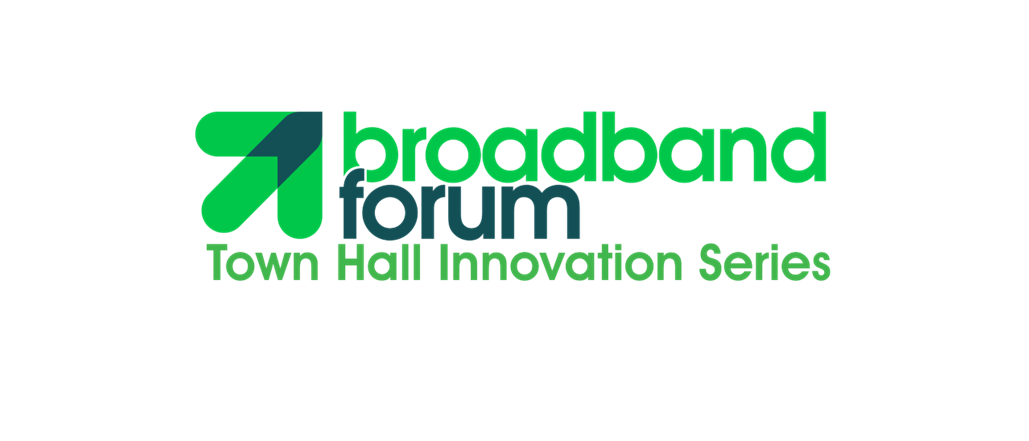
Managing IoT and other smart home devices can be complex, but this is providing an important opportunity for communication service providers (CSPs) who are well placed to offer innovative solutions, advised Motive Product Director Colin Grealish.
A key aspect of manging devices in a network is troubleshooting, as it is not only a method to fix current problems, but it can also prevent future issues. Troubleshooting for a range of IoT use cases – including metering, lighting, smoke alarms, and security - on the same network can be particularly challenging due to their architecture and operational environment. For example, water and gas meters are essential end user utilities making it vital that the CSP can proactively manage them in case any potential issues arise.
Grealish touched on how these IoT networks can consist of both fixed and wireless technologies, with the latter being the most challenging to manage as they are not “physically fixed” to the connection point or end user gateway. Wireless devices are also often in hard-to-reach areas, making physical management and troubleshooting more difficult.
But as the IoT network evolves and becomes even more complex, the management and troubleshooting solutions are also adapting, warned Grealish. During the presentation, Grealish pointed out that there are different levels of dealing with troubleshooting such as ‘traditional’ methods including factory resets, reconfiguration, and firmware upgrades for fixing issues in the network. Alongside the traditional troubleshooting means, ‘analytics’ such as the collection of data and root cause analysis can also anticipate potential issues.
But with more complex devices and, subsequently more data, the emergence of Artificial Intelligence (AI) and Machine Learning (ML) is a great example of troubleshooting capabilities evolving. It brings the fixing and predictive maintenance aspects from traditional and analytical methods together. By streaming the information back to the CSP – as discussed in a case study presented by Grealish – it creates greater visibility of the network and potential issues, allowing the CSP to proficiently diagnose and solve problems remotely.
However, with this increased responsibility for CSPs comes an obligation to maintain service levels for the customer, who demand an ecosystem that seamlessly integrates their smart home technologies and IoT, Grealish added.
He also emphasized that the answer to unlocking the true potential of the smart home can be found with the adoption of open standards. By establishing a foundation built on these principles, the industry can create an interoperable smart home IoT network that connects a diverse array of devices all to way to the end user home gateway. This not only bestows CSPs with the critical data and insights necessary for effective network troubleshooting but also opens the door to new revenue opportunities by enabling an interoperable network of smart home devices that interconnect and communicate with each other.
Grealish called for an initiative that not only enables interoperability between fixed and wireless devices on the home network, but one that also integrates capabilities such as AI to enhance management and troubleshooting.
